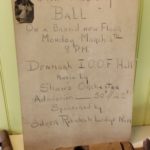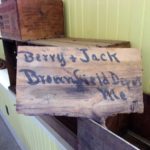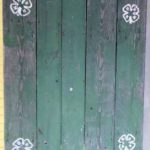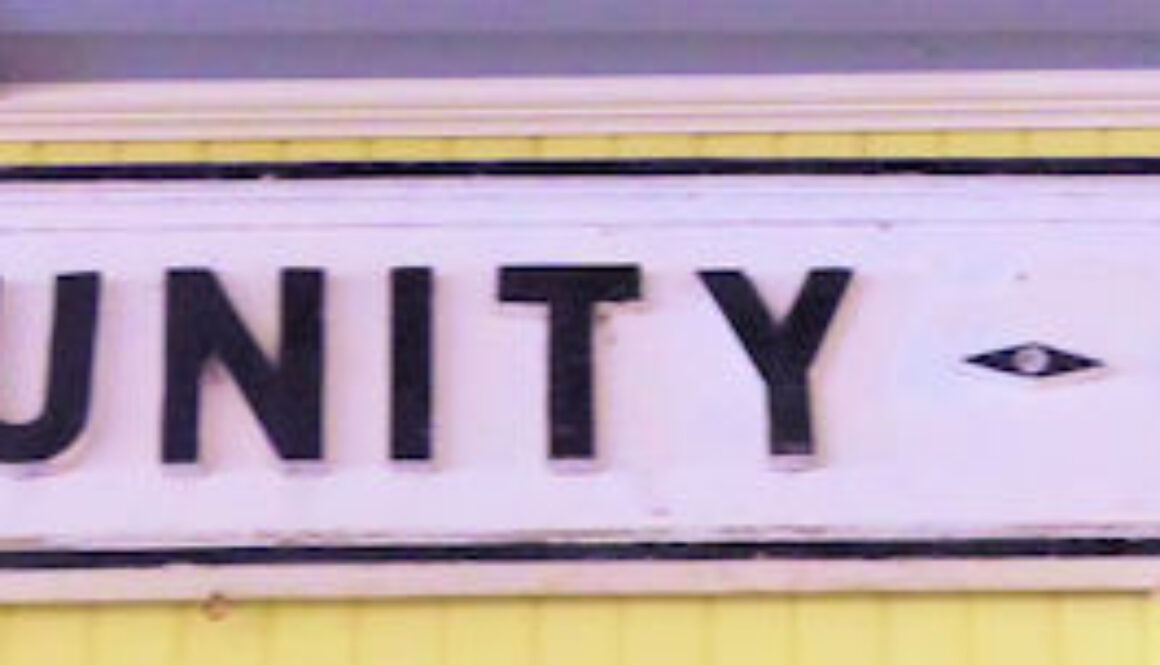

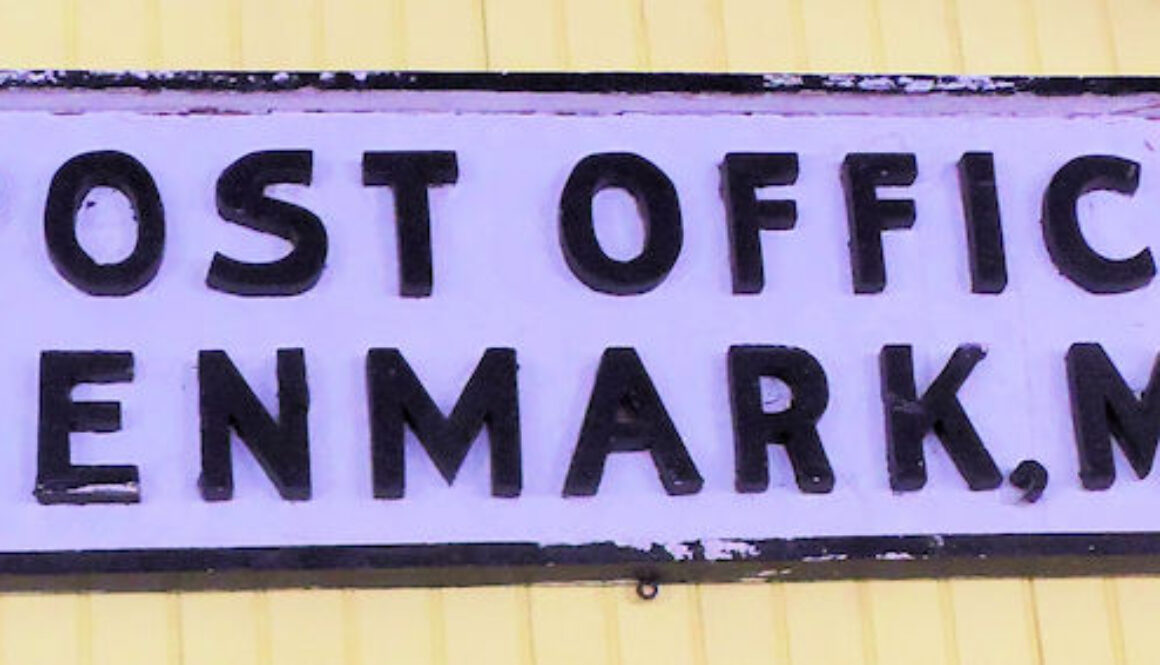

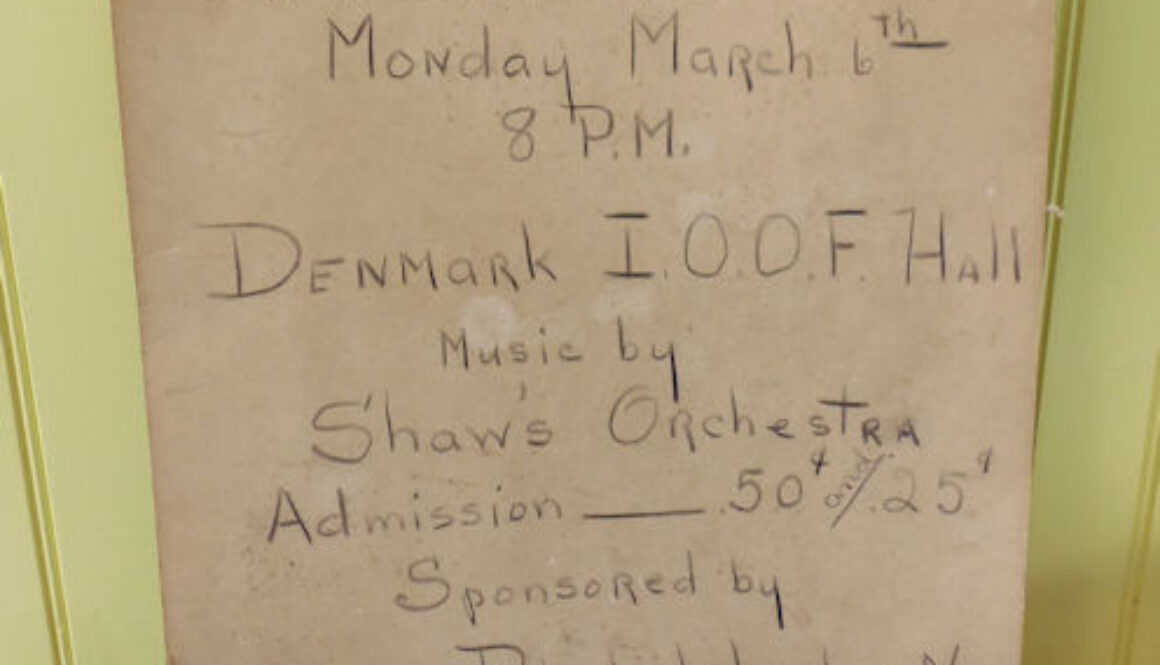

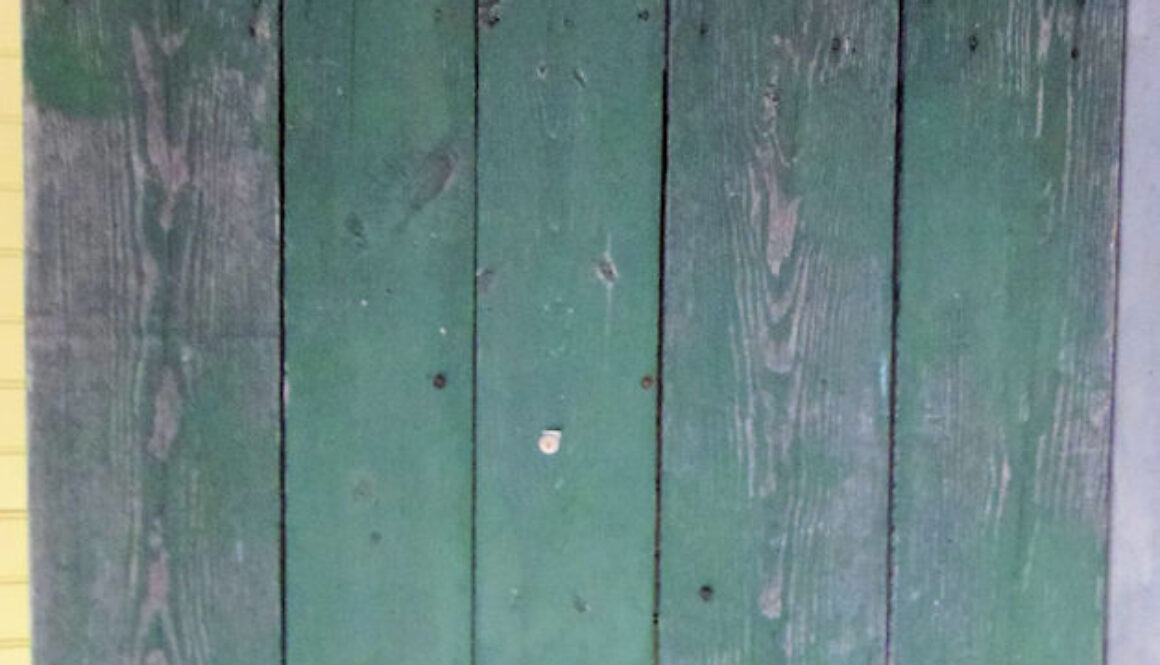
From “Stories From the Rounds Family Farm: The First 180 Years” by Rebecca Prentiss Michela and Marth Ruth Round 1998 pg. 26-27:
….In the early 1920’s, when I was about three years old, summers at the farm were very busy because a the time Mr. Cobb ran Wyonagonic, a girls’ camp, on the lake shore of our farm, on land my Grandfather leased to him. Several of the camp counselors owned cars and stored them in our little barn, since we had two barns. The counselors were not allowed to use them during the camp season.
The camp owned a dozen ponies and several pony carts; camp girls either rode the ponie or were drawn along the dirt road in the carts. The ponies were corralled down at the lake, and trotted up the hill to the farm. Martin, the pony handler and the first black man I had ever seen, would start his search for missing ponies at the farmhouse. Martin often let me ride one of the ponies back down to the camp; I had lots of rides. The ponies liked to come to the farm because we fed them tidbits.
From the Evans farm across the hill toward Denmark, a road led to Wyonagonic; twice a week, Mr. Evans hauled milk to the camp over that road, carrying great 40-quart cans of milk. If I rose early enough-five or six o’clock-I rode down with him. I loved that.
These were the years girls started wearing bloomers. Camp Wyonagonic girls wore voluminous bloomers made of wool, pleated, with elastics securing the bloomers below the knee. Because it was considered unseemly to show leg, campers wore dark stockings held up by the bloomer elastic. The stockings came up ablove the bloomers inside, and Mother was very impressed with those. She made me a pair with strict orders I should wear them only on the farm. I was happy to be dressed like the camp girls.
When World War II started, Mr. Cobb consolidated his two camps, combining the younger girls with the older ones at the other camp farther down the lake, probably because of supply problems. A young lady then took over his campsite and operate Camp Chooli for six or eight years. We have in our possession today two CC canoe paddles and one of their canoes which we have had reconditioned.
The camp colors were green and white, carried through even to the bloomers. After camp closed, some of the girls left their bloomers with Mother – I guess the girls did not want to be seen in bloomers at home. Mother made green skirts and other clothing from them; we wore green for years, and the wool serge cloth was so tough it never wore out.
The camp closing created a hardship for Mother because lease money was paid in cash and Mother used that to pay our taxes. After the source dried up, it was difficult for Mother to pay her taxes.
From Wyonegonic Camps – Denmark, Maine timeline:
1904 – A Wyonegonic Club (outpost campsite for older teenagers) was started on upper Moose Pond across from Pleasant Mountain on land purchased from Deacon Rounds. This site was across from what later became named Wyonegonic Point. It was renamed Junior Wyonegonic. Eventually three buildings were moved to the lower part of Moose Pond on the ice during the winter.
Uniforms were modest, covering all the body except wrists to finger tips and neck up. Long dresses had tops with long sleeves and puffs at shoulders, full bloomers were worn for athletics, and wool bathing suits with long black stockings and slippers were found at the waterfront.




